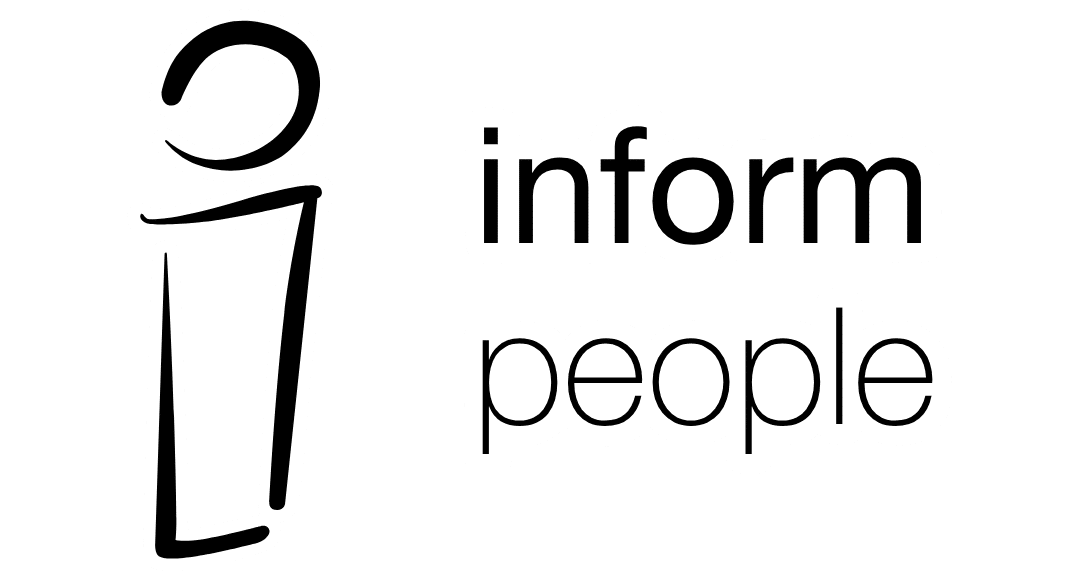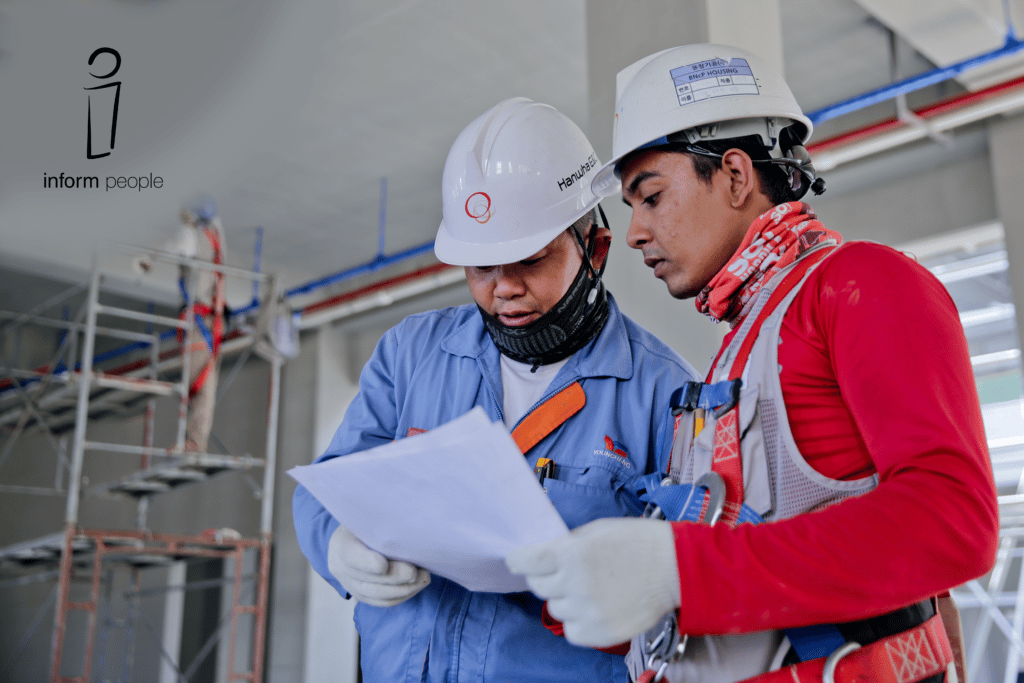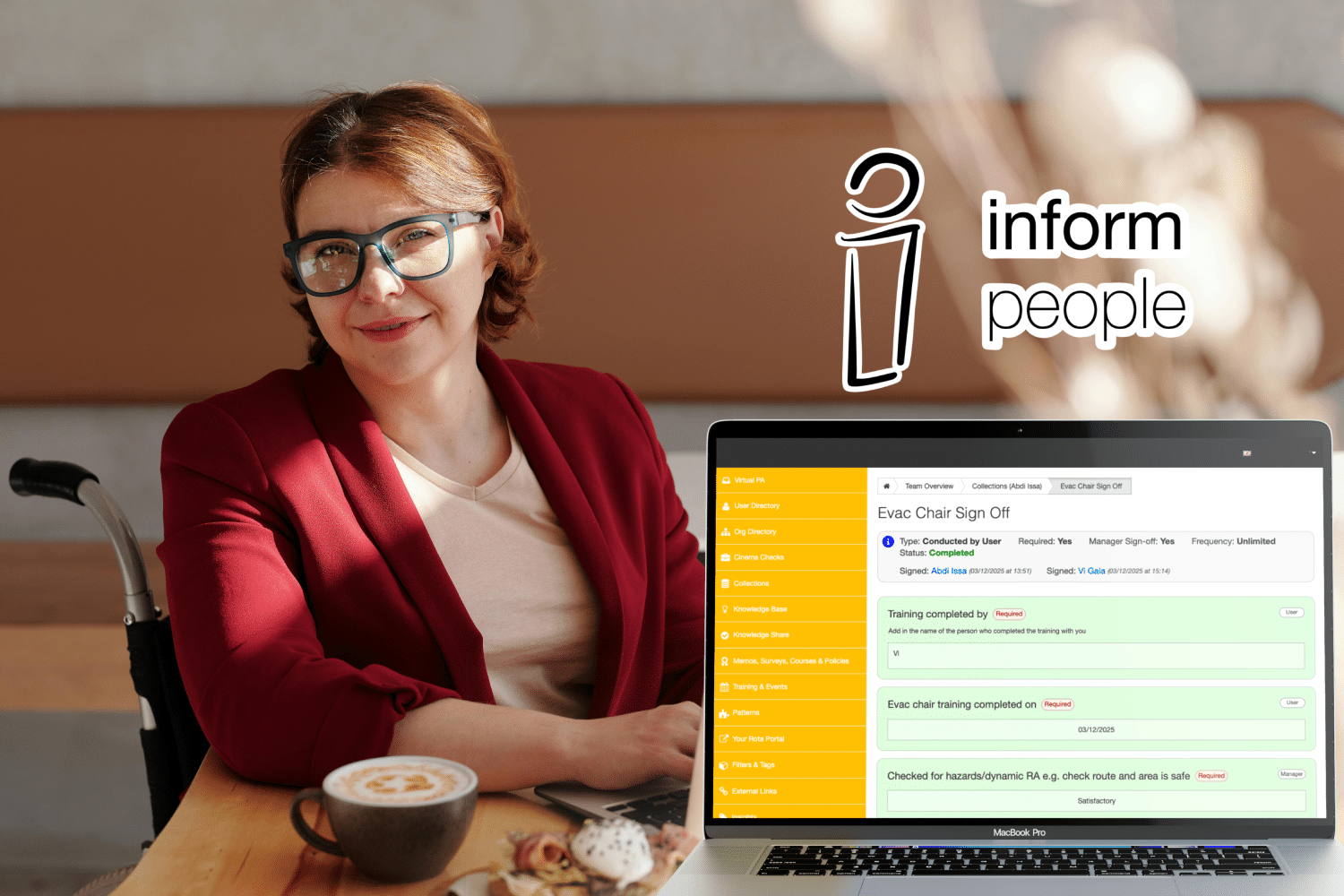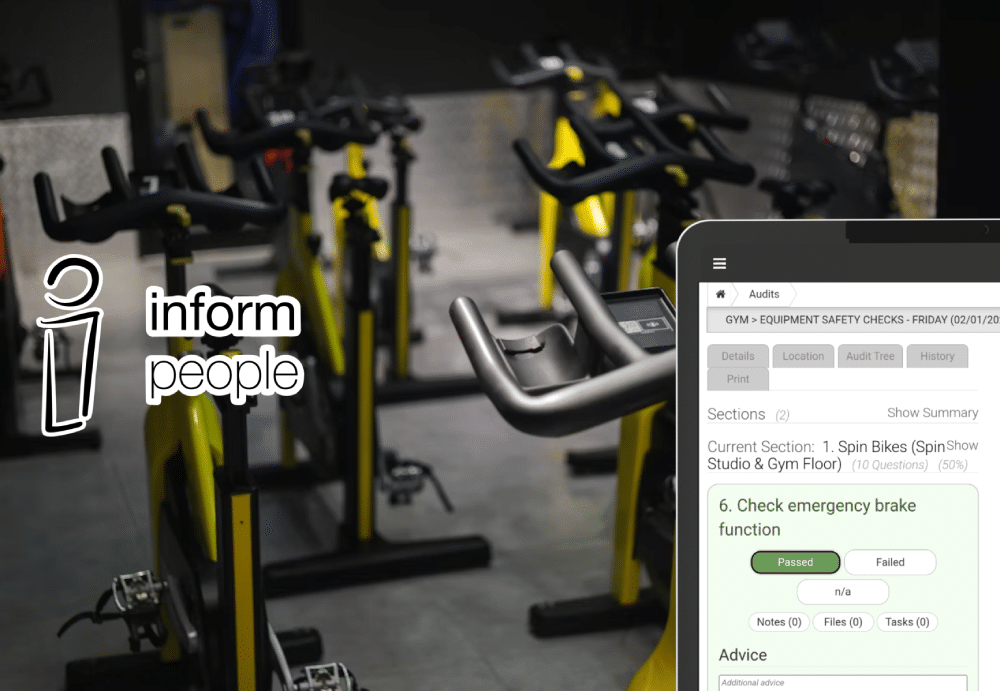Conducting a health and safety audit is an excellent way to check that your company complies with all applicable rules and regulations. It is a critical component of a health and safety management system. To perform a successful safety audit, you must have the necessary tools, understand how to conduct an audit, and know which parts of the organisation to focus on.
Additionally, a safety audit will help identify possible health and safety risks. A health and safety audit effectively creates an organisation’s sustainable health and safety culture. This article will give you an outline of safety audit procedures—a valuable, comprehensive resource for implementing your safety audit plan.
Tips to Audit Health & Safety in the Workplace
A safety audit is a structured, comprehensive, written assessment of your systems, processes, and work practices to ensure that they comply with the Management of Health and Safety at Work Regulations 1999 and are implemented effectively.
Whether you’re conducting your first health and safety audit or want to streamline your current procedure, these steps will get you started.
1. Establish your audit programme
A well-planned audit programme will allow you to focus on how your company handles health and safety, covering significant concerns and risks. You can assess which risks are successfully addressed and which might be better controlled.
Develop an effective health and safety auditing programme by:
- Focusing on the most significant risks.
- Pay close attention to areas that have previously created problems.
- Setting realistic schedules and auditing will allow you to focus on one site or issue at a time.
- Identifying your resource needs and the assistance you require.
- Choose how you will gather evidence for each audit.
2. Clearly define your audit objectives, scope, and criteria
- Audit Objectives. These define what you anticipate the audit to accomplish. For example, you want to see if your contractor management adheres to your management system’s applicable criteria and procedures.
- Audit Scope. This sets the scope and limits of your audit. It must be reasonable regarding available resources and not be so vast as to compromise effectiveness.
- Audit Criteria. These serve as references for which audit evidence is used to assess compliance. Criteria might include relevant rules and procedures, legal requirements, contractual requirements, or management system requirements.
3. Conducting an audit
Once the audit program has been formed and the goals, scope, and criteria have been set, individual audits may begin. There is no one-size-fits-all auditing procedure. The concepts outlined below give a valuable framework for how each audit might be addressed.
- Create an audit strategy and timetable. This will make it obvious when, where, and with whom activities will take place. This may be shared with those who need to know, such as other audit team members and the auditee.
- Review essential papers and information, such as procedures and policies, legal requirements, and available data, to prepare for the audit.
- At the commencement of the audit, have an opening meeting to go through the audit timeline, goals, scope, criteria, and actions.
- During the audit, communicate significant findings, such as seeing a risky condition, an accident or incident, or a violation of a fundamental legal requirement.
- Throughout the audit, collect evidence and take meticulous notes. This will involve an audit report that can be created online and ensuring that you have enough documentation to back up your conclusions. Photographs may also be used as a memory aid or to emphasise discovery.
- Have a closing meeting at the end of the audit to review the preliminary findings and conclusions. This also allows you to clarify topics and offer follow-up concerns.
Keep in mind that some of these steps will only be for the more extensive and in-depth audits rather than smaller weekly/monthly ones – so it depends on the audit breadth if all steps are taken each time. For example, storage racking checks in a retail location would be a simple check and wouldn’t require a start and end meeting to be completed.
4. Prepare clear and concise audit reports
An audit report should be a clear and concise record of your audit. Following the audit, the audit team will compile test findings and information into a brief audit report. Part of the training is a well-documented report detailing changes from the audit baseline, significant audit findings, and describing things operating well in addition to any issues. Doing your audits online creates a long-term record of results – scored against the internal scoring system and with all proof contained within recommended actions and to begin the necessary process improvement and initiatives.
The following recommendations will help you prepare a good report.
- Understand your readership and personalise your report to their requirements. Suppose you are sending your report to CEOs or board members. In that case, they may merely want a summary of major findings, high-priority suggestions, and an opinion on the degree of assurance. In contrast, operations or business managers may want a more extensive analysis of the results.
- Explain the objectives, scope, and criteria clearly so that each person reading the report understands the context of the results and recommendations.
- Write your findings and suggestions that are clear and straightforward.
- Make only observations that are supported by objective evidence. It is tempting to read between the lines or make assumptions but be prepared to be questioned if facts do not support them.
- Remember to mention your strengths and areas of excellence. Audits should not just concentrate on the negatives and what went wrong; they should also incorporate positive findings when performance was excellent.
5. Train Auditors
The auditors must be trained to audit health and safety. Of course, employing specialists from outside the organisation is possible for conducting some audits. However, if you use an internal team, they must be knowledgeable about how to examine various parts of the workplace. They must be well familiar with HSE rules and standards. They must be able to recognise dangers and violations.
6. Create Checklists
Workplace audits aren’t supposed to be thrilling, so even something as basic as a checklist may be valuable. A checklist will help auditors double-check their evaluation and ensure that nothing is overlooked. This is another reason why earlier audit records are helpful. You’ll be able to add things to your checklist throughout numerous audits, making each subsequent safety inspection more efficient than the previous. When auditors use a checklist, they can be sure they are being as detailed as possible.
7. Set Corrective Action Plans
The audit execution and report are more than just a pass/fail methodology. The results should add to the ongoing process improvement effort to achieve the best workplace safety. Although audit results may reveal critical corrective actions that must be implemented immediately for worker safety, most baseline deviations and employee input are handled as part of continuous improvement activities.
Following up on process improvement would include prioritising activities, assigning them, and setting deadlines.
The Right Tools for an Audit
Effective health and safety auditing is more than merely delegating tasks: it adds value and helps improve a company’s performance. Companies must use the proper health and safety audit tools before, during, and after a workplace safety assessment. Following these auditing tips will put you on the right track and give you confidence in how your risks are controlled.
We’ve helped numerous businesses, organisations, and work sites with their safety assessments. You may rely on our safety audit software for anything from setting up the foundation for a new safety audit to upgrading the current safety audit procedure.
Inform People’s compliance and performance management software is excellent at monitoring all areas of safety, which may help businesses keep on track with audits and prove efficient checklists. If you don’t want to take chances regarding workplace safety, contact us so we can help you stay organised and create a safer workplace.




